Butterfly emergency
Butterflies from scientific, conservation, history of art and personal perspectives
“We delight in the beauty of the butterfly, but rarely admit the changes it has gone through to achieve that beauty.”
―Maya Angelou
Diversity
There are 180,000 species of moths and butterflies to be (almost) exact. Can you believe that? One order of insects (Lepidoptera) makes up 10% of this planet's 1.7 million documented species. To help put it into perspective, rodents are the most speciose mammal group, yet they only have around 2000 species (making up a mere 0.001% of all known species).
There has been a long-running dispute among scientists as different studies produce different estimates of just how many species might inhabit this earth, but most estimates have been in the millions1.
Regardless of this discrepancy, I wondered why Lepidoptera made up such a large proportion of the eukaryotic species described so far. This is what I found.
A study published this year has elucidated why there are so many moth and butterfly species. Since their chromosomes are very stable, meaning they don’t change much over long periods of time, this means that important genes are preserved over generations, there is a lower chance of fitness issues and they can adapt specific traits for survival without the complications of frequent genetic changes. But if their genetic stability is one of the main reasons they have been successful over millions of years, they may find it challenging to adapt quickly to changes in their environment brought on by climate change.2
Pretty privellige. Their beauty has made them popular subjects for study and collection for centuries. Lepidoptera, especially butterflies, are often brightly coloured and active during the day, making them more noticeable to researchers. They are also relatively easy to catch using baits. All these things combined contribute to why they are highly documented.
Some Lepidoptera are agricultural pests or important pollinators, driving research for practical reasons. More on this later…
So there’s a myriad of delicate fluttering creatures on every continent bar Antarctica. Why then, do we see so few these days?
Momentary visitors
Even to those who aren’t scientists, butterflies are captivating.
I posted a note a while ago asking what butterflies meant to my subscribers.
[Butterflies are] “a sign that our habitats and ecosystems are healthy. But they are not, because I saw zero monarchs this year in Toronto where I live and so little butterflies overall. We humans have done so much harm that I have little hope that our presence on Earth is at all beneficial. Unless we alter the path that we currently are on”.
-
Monarch butterflies have been classified as endangered.
My mum always says how she used to see butterflies in the hundreds around gardens and in the fields where she and her childhood friends would play. She told me about how they used to try and catch them.
But now, seeing them is a rarity. A precious, fleeting moment that feels almost mythical. Now, instead of trying to capture them with nets, we just want to capture the moment. Their presence stirs a strange mix of wonder and dread. They still symbolise hope and the magic of a fairytale, but each sighting feels like a warning—a reminder that they might soon belong more to fiction than to the world we live in.
Conservation
The UK’s Butterfly Conservation has declared a butterfly emergency. 80% of butterflies and 30% of moths have declined since the 1970s.
The 2024 UK butterfly count recorded the lowest average number of butterflies per 15-minute count in the survey's history. We’ve seen a decline in even the most common species such as the common blue, small tortoiseshell, small white and green-veined white.

Habitat loss
Just as Perry mentioned, because butterflies are so sensitive to changes in their environment, their presence can signal the health of an ecosystem. Lets look at the monarch butterfly again.
Monarch butterflies have this amazing migration where clouds of orange fill the sky. The eastern population migrates from the eastern United States and Canada to central Mexico for the winter while the western population migrates from the western United States and parts of Canada to the California coast. The journey for the east population is around 4500km in both directions.
While the hunky super generation monarchs which complete the journey south to the overwinter site are much bigger and live 8 times longer than other monarchs, their parents must make the journey back north to the summer breeding ground over several generations. When they lay their eggs so their young can complete the next leg of the journey they lay them on milkweed. In doing so, the female monarchs ensure that their caterpillars have a food. Not just any food though. Milkweed is their only food source and contains toxins that the caterpillars retain into adulthood and make them unpalatable and potentially harmful to predators.
But due to habitat loss driven by real estate and other developments, milkweed is in increasingly short supply. In western US, the population of monarchs were at an estimated 10 million in 1980s. In 2020 there were less than 2000. No milkweed, no monarchs. Conserving their spectacular migration will require conserving their habitats across continents. 3
Habitat loss, climate change and pesticides are all contributing factors to butterfly declines around the world.
Pesticides
Butterflies contribute significantly to the health of our ecosystems and food systems through their pollination activities. But pesticides pose a significant threat to butterflies, moths, and bees. Even if you only aim to protect your fruits and vegetables, pesticides can seep into the surrounding environment, affecting the plants that butterflies and moths rely on for nectar. Pesticides often do not differentiate between the targeted pests and the beneficial insects, and even small quantities of substances can be very harmful to them. This can create a ripple effect throughout the food web, negatively impacting other wildlife such as bats, birds, and mammals.
How can you help?
Stop using pesticides, instead consider using natural barriers like nets. You could also try diversifying your garden, including companion planting. For example, planting tomatoes with cabbage can repel diamond-backed moth larvae. Such practices can help establish a healthy ecosystem where natural predators keep pest populations under control.
Take part in citizen science initiatives like the Big Butterfly Count in the UK or the Monarch Larva Monitoring Project in the US. Citizen science allows for large-scale data collection that can be more comprehensive than what researchers could achieve alone.
Put pressure on governments (email and sign petitions). Butterfly Conservation is calling for the government to declare a “nature emergency” and ban insect-killing neonicotinoid pesticides, with no exceptions. Britain and the EU banned neonicotinoids in 2018 but the UK government has authorised an exemption for the pesticides to be used on sugar beet every year since 2021. Before the election, Labour promised to ban all neonicotinoids. Here is a useful guideline for raising this issue to politicians.
It may seem bleak, but not all our winged wonders are suffering. Some are actually doing better, including the Red Admiral. There may a split between winners and losers of climate change right now, even for humans, but eventually it will catch up to everyone and everything if we aren’t careful.
Earth Exposure is by no means a doomsday newsletter but I do feel that it’s important to highlight the severity of the situation. In this case, I feel that it adds an extra layer of appreciation. To reference Maya Angelou, “We delight in the beauty of the butterfly, but rarely admit the changes it has gone through to achieve that beauty.” It’s great to appreciate their beauty but we must also appreciate their vital role in our ecosystems, and we must admit the changes we have made to that ecosystem. Despite the drastic changes humans have made, they are still here, let’s try and keep it that way.
History of art
Butterflies have been immortalised in art for centuries.
The Greeks associated butterflies with the human soul. The word "psyche" came to represent both "soul" and "butterfly. This comes from the belief that caterpillars' cocoons were like tombs, and the butterfly emerging was like the "anima" (soul) fluttering free from the prison of the corpse after death.
Similarly, in legend of The Butterfly Lovers, Zhu Yingtai and Liang Shanbo, star-crossed lovers who, kept apart by societal expectations, reunite in death as butterflies—a symbol of eternal love and freedom from earthly constraints.
Zhuangzi is a famous Daoist text that details how philosopher Zhuang Zhou dreamt of being a butterfly. Upon waking, he questions whether he is Zhuang Zhou who dreamt he was a butterfly, or a butterfly now dreaming of being Zhuang Zhou. Through this story butterflies have come to represent fragility of our perception of reality.
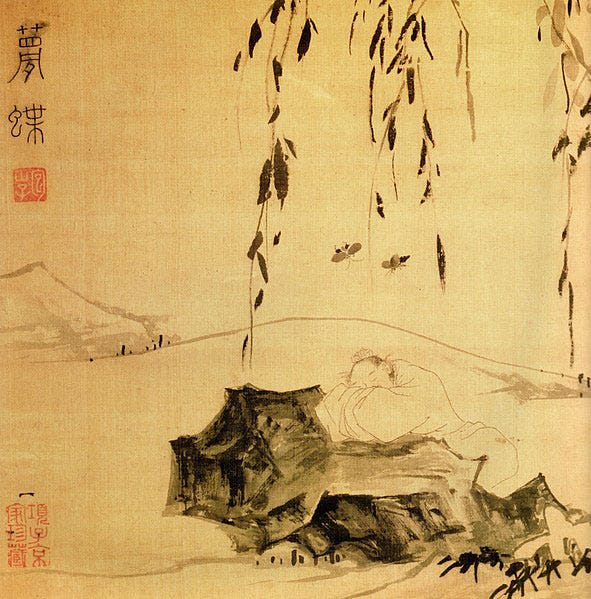
There is a contradiction in the ways that butterflies have been symbolised. As immortal yet fragile. I think this contrast makes sense. Butterflies have been recorded in fossils dating back to the mid-Eocene epoch, around 40-50 million years ago, and yet now in the face of environmental change, to which they are so sensitive, their survival hangs in the balance.
Identification
Use iNaturalist to identify species
Butterflies usually rest with their wings closed while moths rest with them open
Butterflies have thin, straight antennae with club-shaped tips, while moths have fury, comb-like antennae
How to identify common butterfly species in the UK and the US
I’d like to end this with the first picture of a peacock butterfly I have on my camera roll from 2020, it was taken during lockdown, one of the lonliest times for a lot of people. But this butterfly represented a sense of hope amidst all of the dark days, hinting that brighter days were ahead.
Please feel free to like, comment and subscribe :) and consider leaving a one-time donation (Earth Exposure tip jar) to help support this publication.
For example, wall-brown butterflies are in decline because should emerge from their cocoons in April but they are emerging in September and October due to warmer temperatures. In autumn there aren’t suitable plants for their caterpillars to eat before winter so few survive to become butterflies and mate in the spring (link to study, link to article)




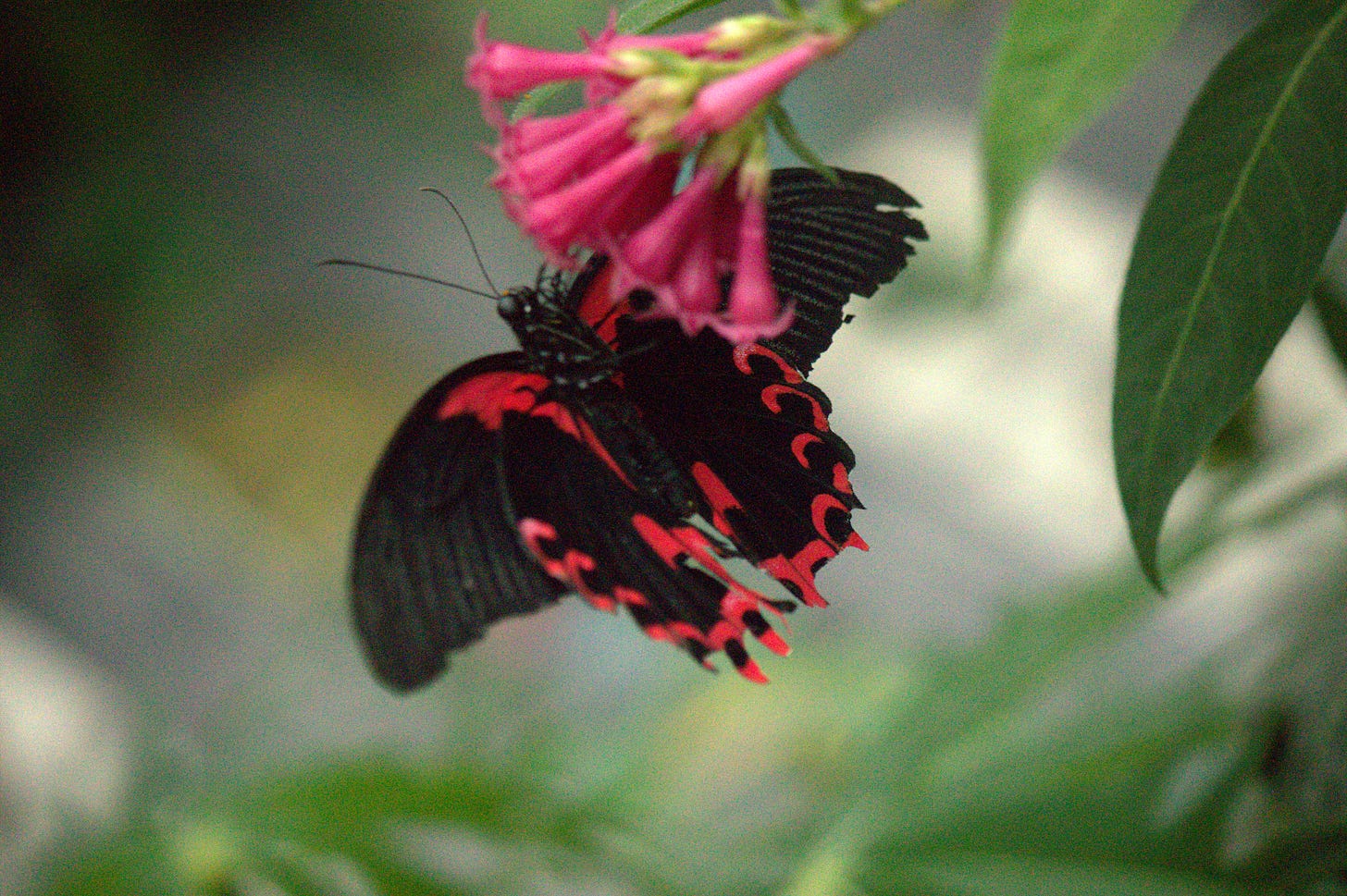

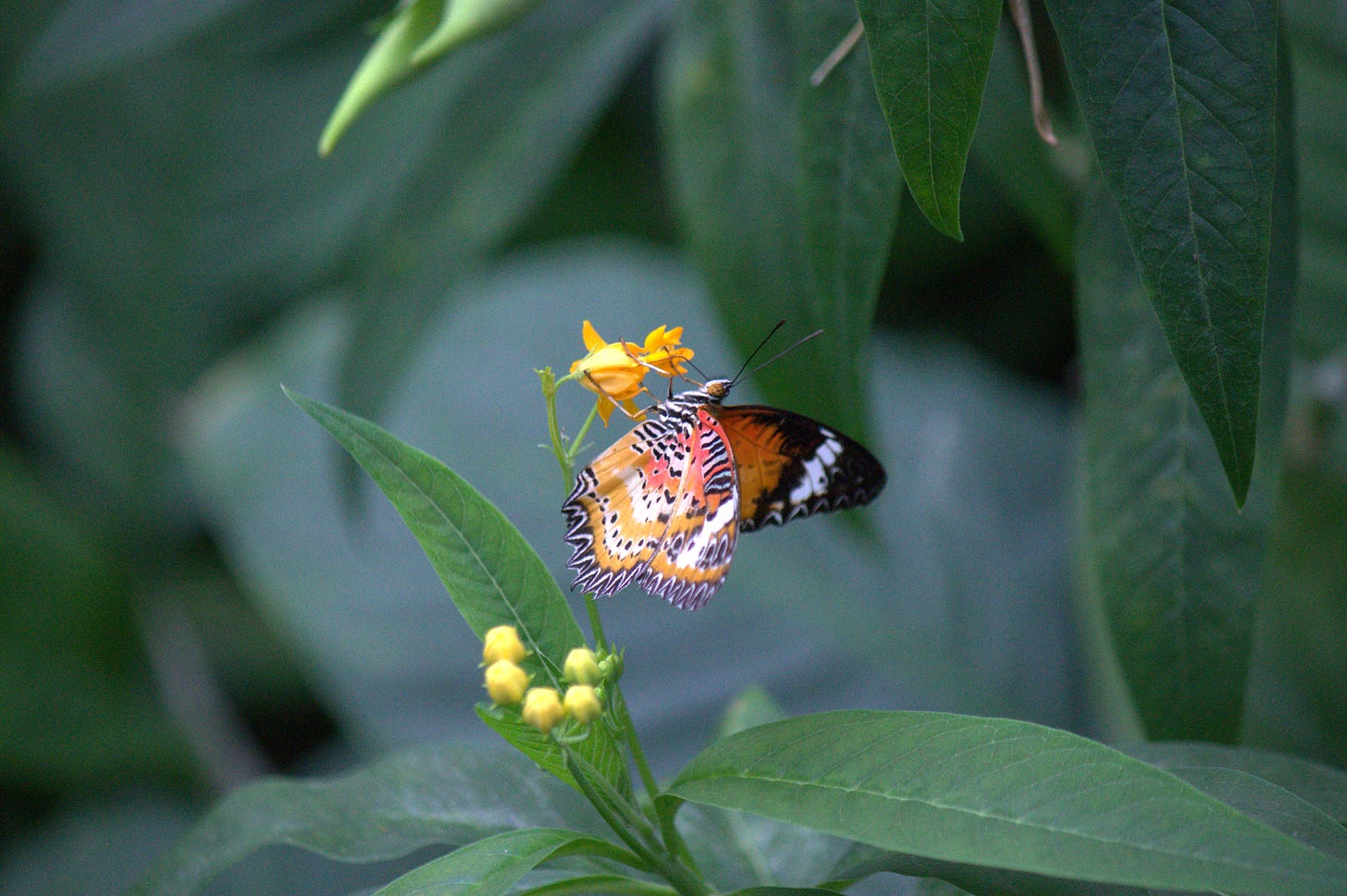

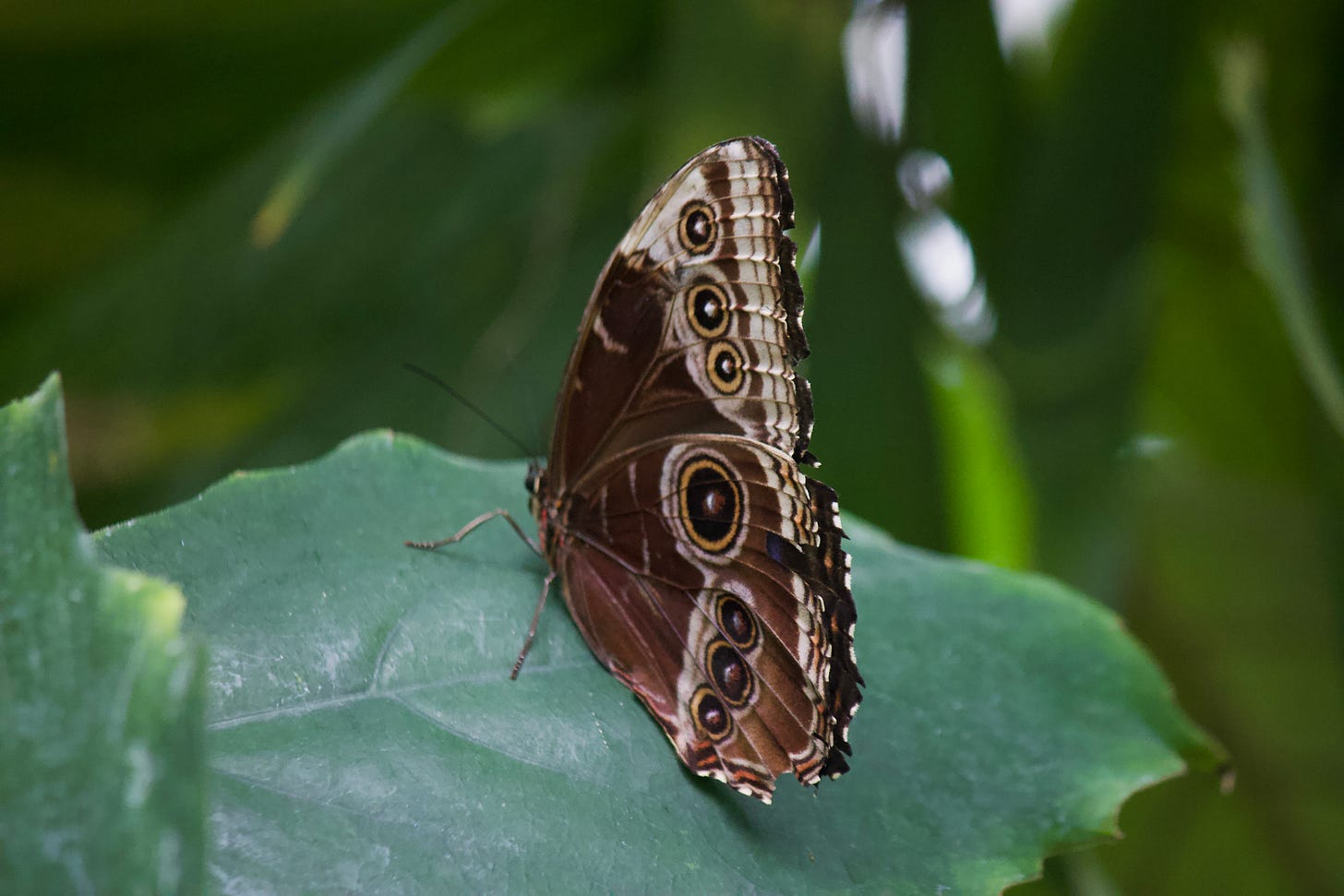
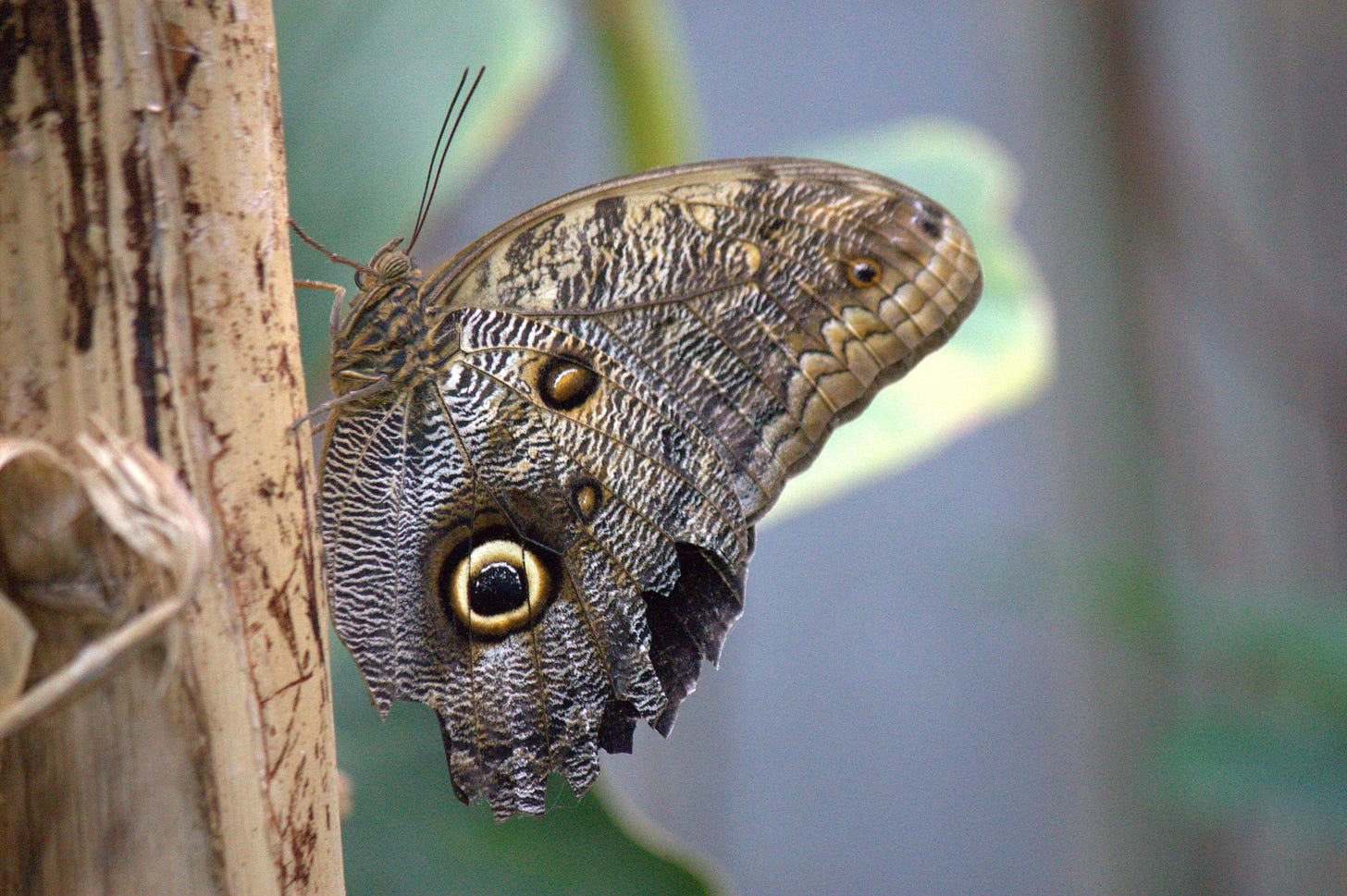
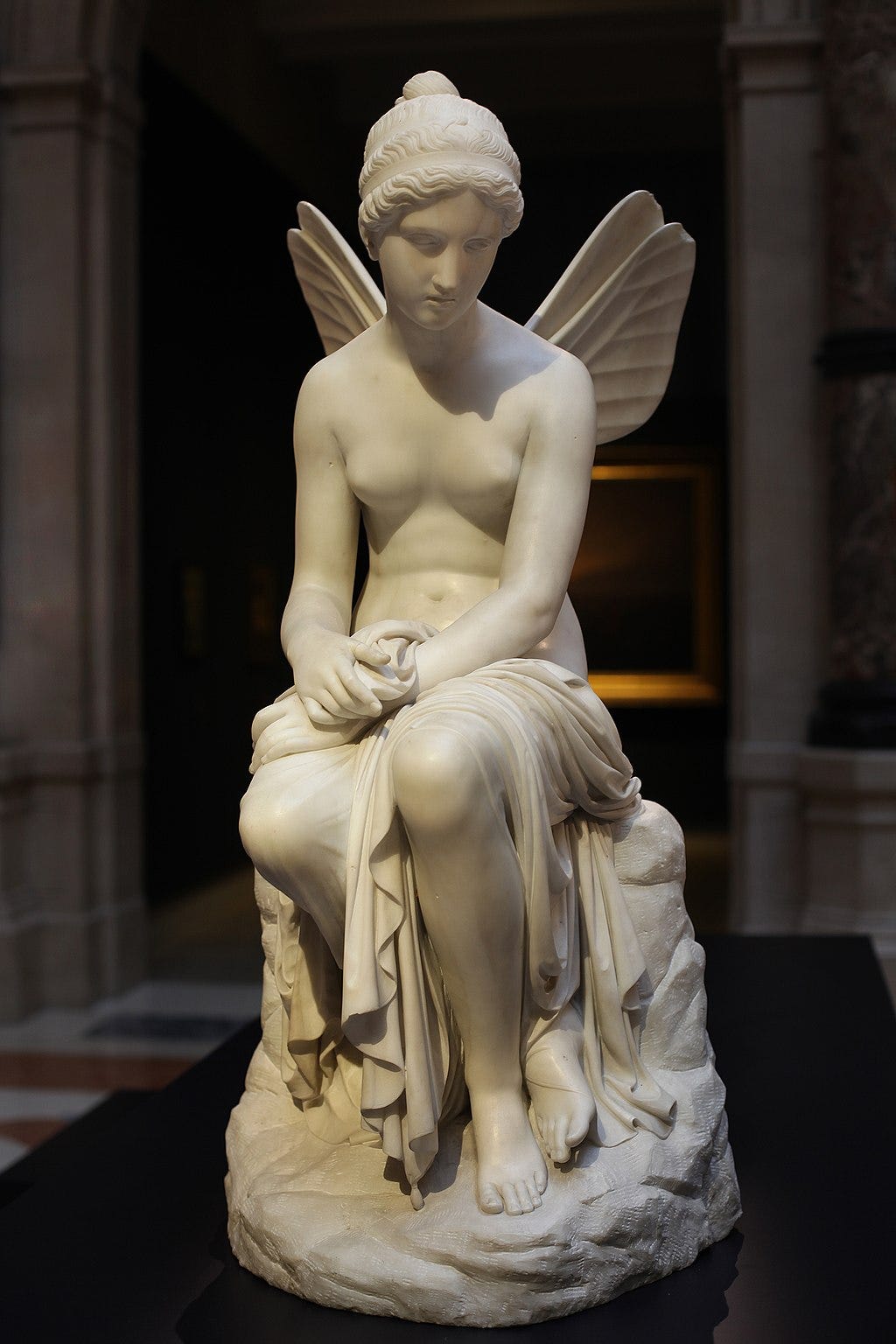


This is so important! Thank you for this wonderful, important and informative piece.
Great article, Amaranta. The photo essay builds on so many levels and I appreciate the thoughtfulness that you’ve put into this. The more we can each take on a proactive role, the better. We need to emerge from our own anthropocene cocoons and become better citizen scientists.